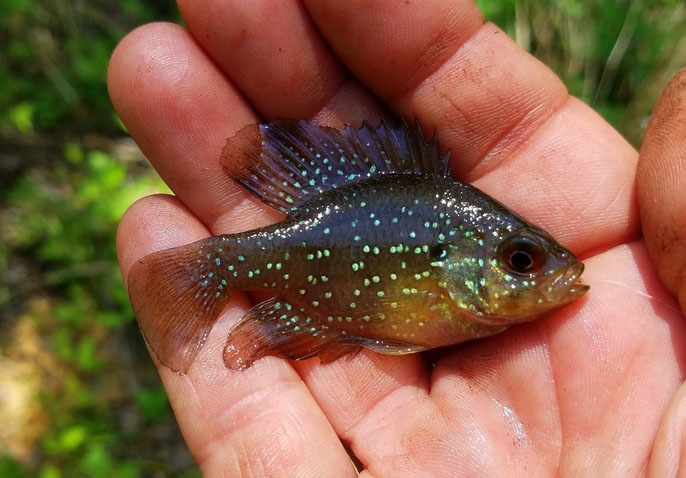Oscar Wilde said famously, “There is only one thing worse than being talked about, and that is NOT being talked about”, I’m sure he knows all about what it’s like to read a thesis that analyzes their life in granular detail. Too bad we can’t talk about it over a beer. I’m sure it would help settle my head.
Last night I got a copy of the second draft of Zane’s thesis about the Odyssey of the Martinez Beavers. His oral defense will be May 17. So that means it’s pretty much a done deal. For it he conducted 24 interviews of locals involved with the case, including our city council, reviewed documents and video and news articles. Eventually it will be published and I can quote freely from it but for now let me just say how very WEIRD it is to read a thesis about your life. All the quotes from participants were coded but I mostly can tell who everyone was. Which is also weird
ON THE ACCEPTANCE OF URBAN BEAVERS IN
MARTINEZ, CALIFORNIA
By
Zane Eddy
A Thesis Presented to The Faculty of Humboldt State University
In Partial Fulfillment of the Requirements for the Degree
Master of Science in Natural Resources: Environmental Science & Management
I can’t tell whether its more like going to your own wake OR hearing closing arguments at your prosecution.
As a woman who survived my own oral defense I can tell you this is pretty much a done deal. The proposal orals were grueling with all kinds of changes and suggestions. But the final orals were really ceremonial. My committee was so relaxed that one member breast fed her infant during the review. Even the more stringent member confined himself to recalculating my statistics on his watch. Having been totally blindsided by the proposal firestorm I came armed with every article and argument but I needn’t have bothered.
It was like graduation day and high tea rolled into one.
Happy Graduation day, Zane.

I have blocked off the code until I hear from Zane it can be actually shared, but this should give you an ample idea of why my saturday was weird.





 Happy Valentine’s Day! I hope someone makes you feel very special today and that you still find a little time for beavers. I’ve been seeing notifications lately about the beaver footage in the new PBS documentary about Big Bend National Park on the Texas Mexico border. This trailer will give you a great introduction for what to expect. The Beaver part starts around 2 minutes in but it’s all pretty nice watching.
Happy Valentine’s Day! I hope someone makes you feel very special today and that you still find a little time for beavers. I’ve been seeing notifications lately about the beaver footage in the new PBS documentary about Big Bend National Park on the Texas Mexico border. This trailer will give you a great introduction for what to expect. The Beaver part starts around 2 minutes in but it’s all pretty nice watching.

 That’s right. Not only is the Department of Natural Resources interested in beavers, The County Soil and Conservation District wants in too. Here’s my favorite part. Shhh.
That’s right. Not only is the Department of Natural Resources interested in beavers, The County Soil and Conservation District wants in too. Here’s my favorite part. Shhh. Be still my heart, Erik Michelsen of Public Works in Anne Arundel County might well be my favorite human ever. Just imagine hearing those words come out of Dave Scola in Martinez. Well a girl can dream can’t she?
Be still my heart, Erik Michelsen of Public Works in Anne Arundel County might well be my favorite human ever. Just imagine hearing those words come out of Dave Scola in Martinez. Well a girl can dream can’t she?
 No sooner does a national wildlife symbol attempt another comeback in the built-up wilds of urban Windsor than city hall takes action, ramping up efforts to make their busy lives all the more challenging.
No sooner does a national wildlife symbol attempt another comeback in the built-up wilds of urban Windsor than city hall takes action, ramping up efforts to make their busy lives all the more challenging.





































